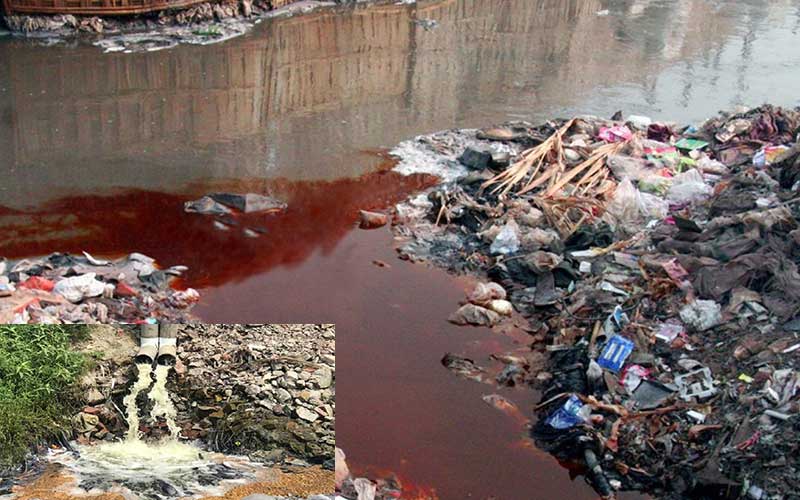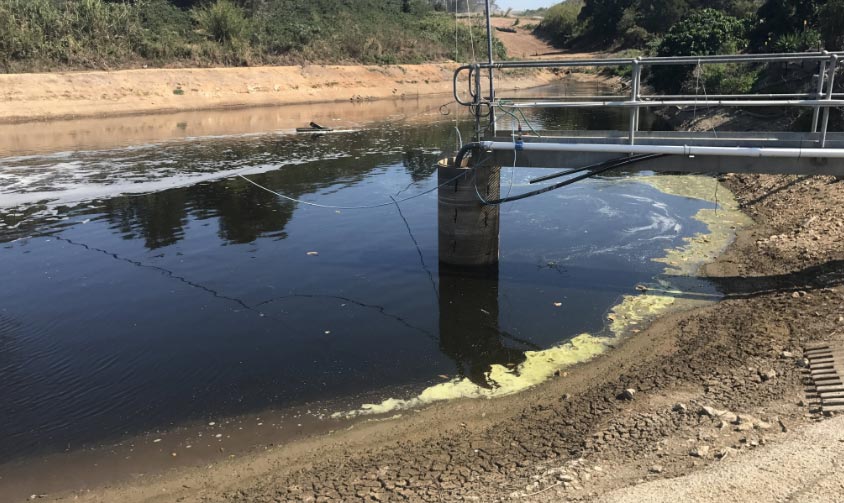Expert Liquid Waste Removal Melbourne: Fast and Cost Effective Solutions
Expert Liquid Waste Removal Melbourne: Fast and Cost Effective Solutions
Blog Article
Exactly How Fluid Garbage Disposal Functions: A Comprehensive Review of Techniques and Technologies Employed

Overview of Liquid Waste Kind
The complexity of fluid waste kinds necessitates a thorough understanding of their characteristics and ramifications for disposal. Fluid waste can broadly be classified into a number of kinds, consisting of commercial, community, agricultural, and hazardous waste. Each category shows distinct residential or commercial properties, calling for specific monitoring strategies to minimize environmental and health threats.
Industrial fluid waste stems from making processes and usually includes a variety of pollutants, such as heavy metals, solvents, and organic substances. Local liquid waste, largely comprising wastewater from families and industrial establishments, includes organic matter, nutrients, and pathogens (industrial wastewater treatment). Agricultural fluid waste, including overflow from farms, may include fertilizers, chemicals, and animal waste, positioning risks to water quality and communities
Dangerous fluid waste is characterized by its toxicity, reactivity, or possible to create damage. Comprehending these diverse fluid waste kinds is critical for creating reliable disposal approaches and ensuring conformity with ecological laws.
Physical Therapy Methods

Screening is the first step, where larger bits and particles are gotten rid of from the fluid waste making use of displays or grates. This process protects downstream tools from damage and makes certain smoother operation. Complying with testing, sedimentation uses gravitational force to different solids from fluids. In sedimentation tanks, much heavier fragments work out at the bottom, creating a sludge layer, while the cleared up liquid can be further treated.
Purification is another essential approach that involves passing the liquid with permeable materials, such as sand or membrane layers, to capture smaller bits. This step improves the top quality of the fluid, making it suitable for subsequent treatment procedures.

Chemical Therapy Techniques
Chemical treatment strategies are important for properly taking care of fluid waste, especially in resolving liquified and colloidal pollutants that physical techniques may not sufficiently eliminate. These strategies use different chemical agents to reduce the effects of, precipitate, or change dangerous substances right into less damaging kinds.
One typical method is coagulation and flocculation, where chemicals such as alum or ferric chloride are included to promote the gathering of suspended bits. This process boosts sedimentation, enabling easier elimination of the resulting sludge. Additionally, oxidation procedures, employing agents like chlorine or ozone, are utilized to damage down complex organic substances and microorganisms, making the waste more secure for discharge or additional treatment.
Neutralization is an additional crucial method, which readjusts the pH of acidic or alkaline waste streams to neutral degrees, stopping potential harm to downstream systems and the environment. Furthermore, advanced oxidation procedures (AOPs) utilize combinations of oxidants and ultraviolet light to weaken relentless toxins, attaining a higher degree of therapy performance.
Biological Treatment Processes
Organic treatment processes play an essential role in the management of fluid waste by utilizing microorganisms to break down raw material and decrease impurity degrees. These procedures can be extensively categorized into cardiovascular and anaerobic treatments, each using specific microbial communities to achieve effective waste degradation.
Cardio treatment entails using oxygen to promote the break down of organic products by germs. This process is frequently executed in activated sludge systems, where oygenation tanks provide a helpful atmosphere liquid waste disposal for microbial development, causing the oxidation of natural contaminants. The resultant biomass can be divided from treated effluent with sedimentation.
On the other hand, anaerobic therapy occurs in the absence of oxygen, relying upon various germs to damage down raw material. This method is especially useful for high-strength waste, as it generates biogas, a renewable resource source, while reducing sludge production. Technologies such as anaerobic digesters are regularly employed in industrial and community applications.
Both aerobic and anaerobic biological treatments not only lessen the ecological impact of liquid waste however likewise facilitate resource healing, making them crucial components of lasting waste monitoring strategies. Their effectiveness, adaptability, and efficiency sustain their extensive implementation throughout different industries.
Arising Technologies in Disposal
Innovative approaches to fluid waste disposal are swiftly progressing, driven by advancements in innovation and an increasing focus on sustainability. Among these emerging technologies, membrane bioreactors (MBRs) have obtained grip for their capacity to incorporate biological treatment with membrane layer filtration, leading to top notch effluent that can be recycled in numerous applications. MBRs allow smaller sized footprints and a lot more reliable procedures compared to traditional systems.
An additional promising advancement is using anaerobic food digestion combined with nutrient recovery innovations, which not just treats liquid waste yet also creates biogas and recuperates useful nutrients like nitrogen and phosphorus. This dual benefit boosts source effectiveness and lowers environmental effect.
Additionally, advanced oxidation processes (AOPs) are being embraced for the destruction of intricate natural toxins. These approaches utilize powerful oxidants and stimulants to damage down pollutants at the molecular level, supplying a very effective solution for tough waste streams.
Furthermore, the integration of artificial intelligence and artificial intelligence in waste monitoring systems is enhancing functional performance and predictive upkeep, causing minimized costs and improved ecological conformity. These technologies show a substantial shift in the direction of more efficient and sustainable fluid waste disposal practices.
Final Thought
In verdict, effective fluid waste disposal demands an extensive understanding of different strategies and technologies. By continuously advancing these techniques, it becomes feasible to deal with the expanding obstacles associated with liquid waste, ultimately contributing to ecological defense and resource healing.
Liquid waste disposal is a crucial facet of ecological monitoring, needing a detailed understanding of numerous techniques and technologies customized to various waste kinds. Fluid waste can extensively be categorized into numerous kinds, including commercial, community, agricultural, and harmful waste. Agricultural liquid waste, consisting of runoff from ranches, might include fertilizers, pesticides, and pet waste, posing threats to water quality and environments.
Numerous physical therapy methods play an important function in handling fluid waste properly - industrial wastewater treatment.In conclusion, reliable liquid waste disposal demands a comprehensive understanding of various strategies and innovations
Report this page